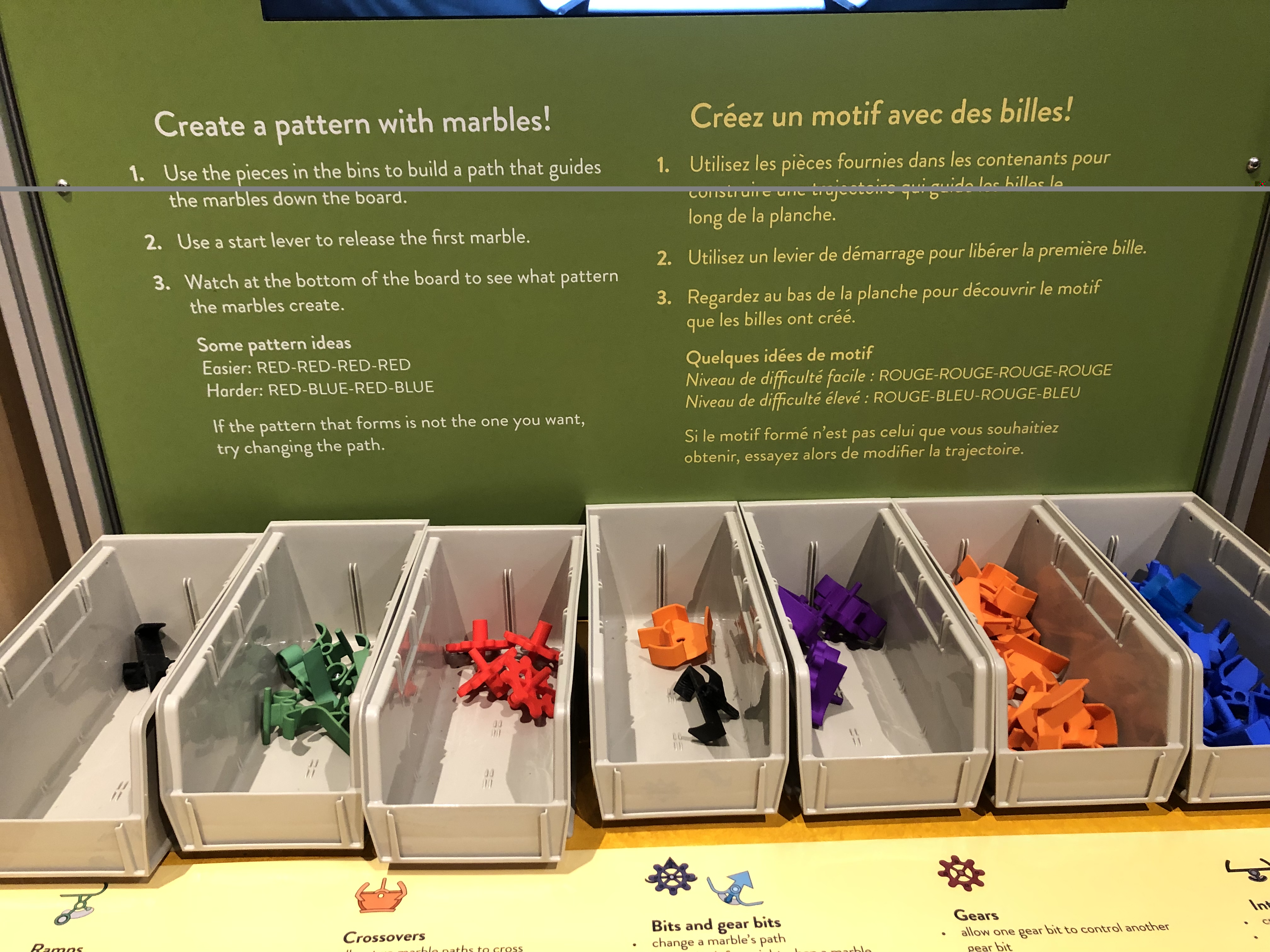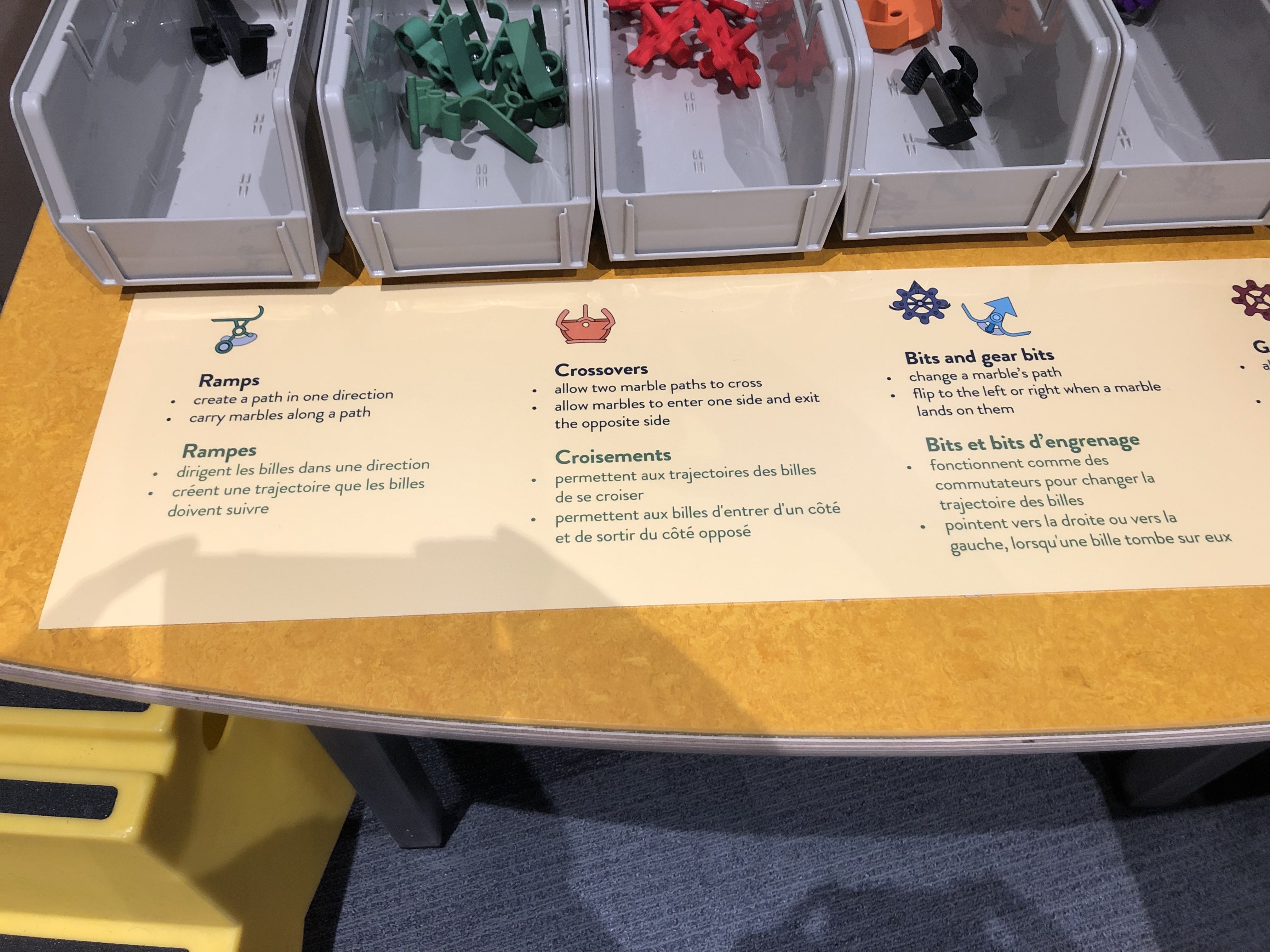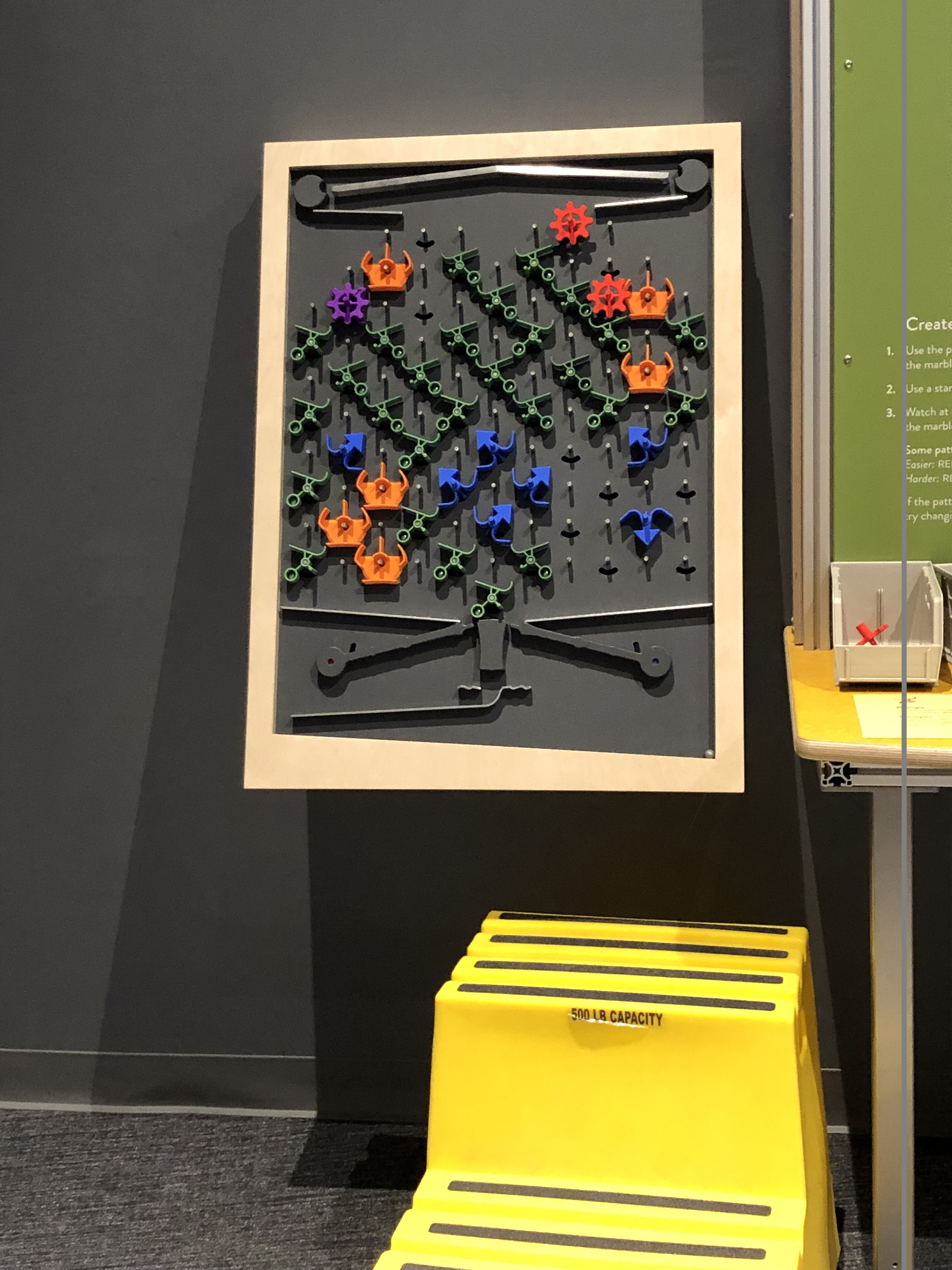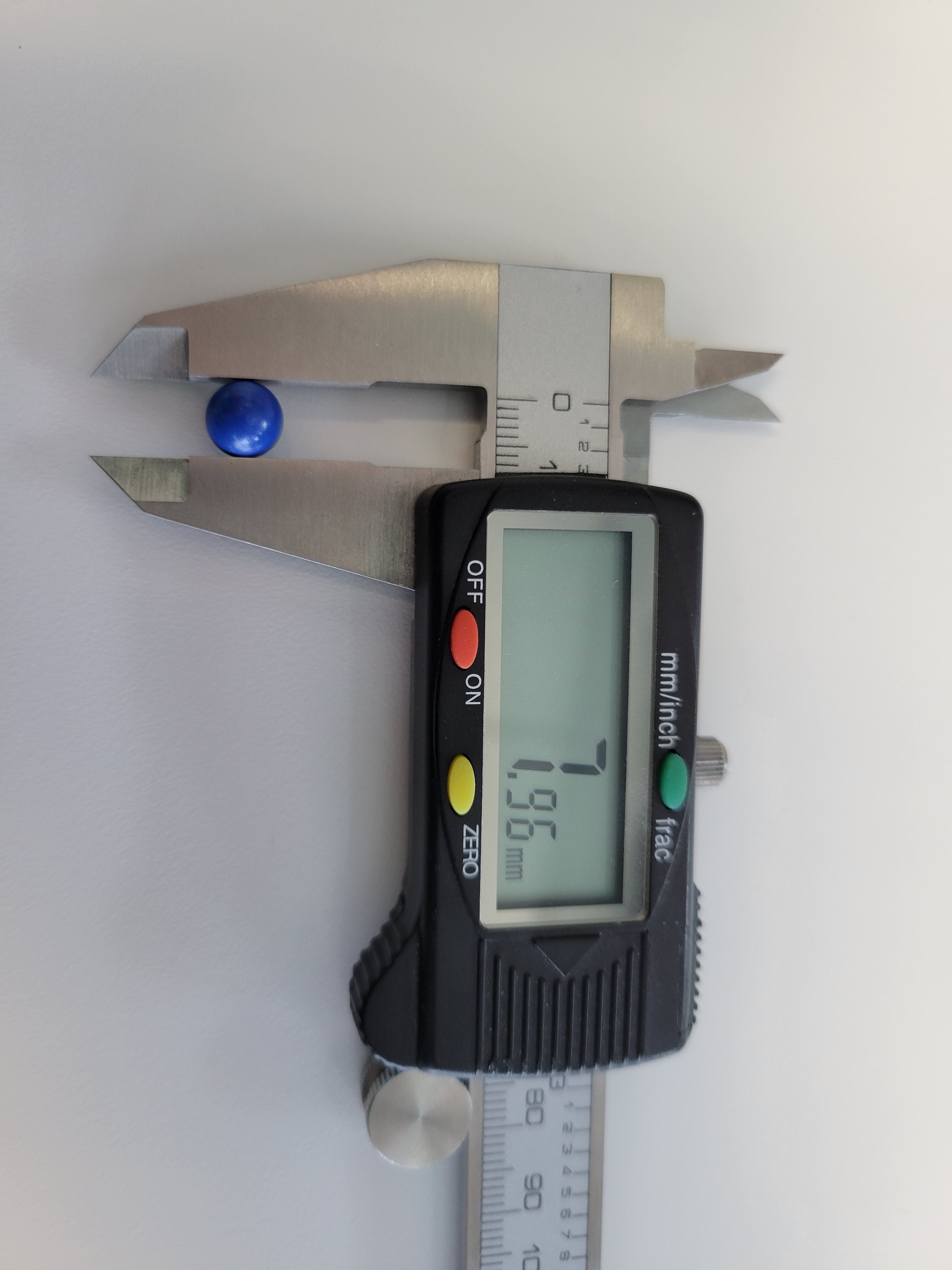I am toying with the idea of making a 2X size board and pieces so that it can use standard 16mm glass marbles. I realise that the current size of this is intended for desktop and classroom use, and to be portable and cheap to make, however scaling up the design allows for different manufacturing techniques, such as making the board from wood and using glass toy marbles.
If anyone has thought about this idea, or tried it, please get in touch!





